
Tomorrow Island (Russia) and Yesterday Isle (USA) Are Just Three Miles Apart But There’s a 21-Hour Time Difference Between Them






Just three miles apart in the middle of the Bering Strait, the Diomede Islands are a rare and fascinating geographical anomaly—two tiny land masses that sit on either side of the International Date Line, making them nearly a full day apart in time. The larger island, Big Diomede, belongs to Russia, while the smaller one, Little Diomede, is part of the United States. Despite their close physical proximity, the two islands represent a striking example of how time and geopolitics can divide even the most connected landscapes.
Separated by Time—and Politics
Big Diomede lies in Russian territory, while Little Diomede is under U.S. jurisdiction. Thanks to the International Date Line, which runs through the Bering Strait, Big Diomede is almost one full calendar day ahead of its smaller neighbor. However, the actual time difference between the two islands is 21 hours (20 during Daylight Saving Time), due to how each country defines its time zones locally.
Because of this unique configuration, the islands have earned whimsical nicknames:
-
Big Diomede is often called "Tomorrow Island"
-
Little Diomede is known as "Yesterday Island"
A Time Machine in the Arctic
“It’s like a real-time machine,” said Ramil Gumerov, a former Russian soldier, in an interview with Russia Beyond. “We could literally see what was happening yesterday in real time.”
Gumerov was stationed on Big Diomede in the mid-1990s, where he spent over a year on a harsh, isolated outpost. Today, the island hosts only a Russian military base, a border guard post, and a polar research station—no civilians live there.
Gumerov recalled that even though the two islands are so close, crossing between them was impossible for most people. “In reality, traveling to the other island—or to yesterday—while on leave was pure fantasy,” he said. “For us, even getting leave was just a dream.”
In winter, an ice bridge sometimes forms between the islands, technically making it possible to walk from the U.S. to Russia—or from today to yesterday. However, such a crossing would be illegal for most, as the border is heavily restricted.
Only the Eskimos Could Cross Freely
Long before borders and treaties, the native Inupiat Eskimo people lived on both islands. Their presence predates even the arrival of the first European explorer to the region—Semyon Dezhnev, a Russian naval officer who reached the islands in the 17th century. For centuries afterward, the islands were united under Russian control.
That changed in 1867, when Russia sold Alaska to the United States. Overnight, an international border ran between the islands. Although time zones weren’t yet formalized, the seeds of a future temporal division were planted.
To accommodate family ties, the Eskimos were allowed visa-free travel between the islands. But after World War II, the Soviet government forcibly relocated the remaining indigenous population on Big Diomede to mainland Russia, ending civilian life on the island.
Today, about 135 residents remain on Little Diomede, living in a small village built on the rocky edge of the island, often enveloped in fog and battered by Arctic winds.
A Legend—and a Curse
According to local legend, after the native people were relocated from Big Diomede, a shaman returned to the island and cast a curse on it. Since then, some say the island has been plagued by mysterious deaths. Gumerov is skeptical: “People die everywhere, and this island is no exception. Whether it’s due to accidents, nature, or an old curse—I don’t know.”
Harsh Life on Tomorrow Island
Gumerov, who was sent from southern Russia’s Bashkortostan region, describes life on Big Diomede as brutal and isolating. The island experiences nine months of winter, frequent blizzards, and nearly 300 days a year of dense fog. Supplies, including food and mail, arrive via helicopter only once every two to four months, depending on weather.
It’s a remote outpost, used mainly for military and scientific purposes. The first Soviet border guards arrived in 1941, and the island has been under tight control ever since.
The Ice Curtain—and a Historic Swim
During the Cold War, the narrow border between the Diomedes came to symbolize the "Ice Curtain"—a chilling metaphor for the separation between the U.S. and the USSR. But on August 7, 1987, American swimmer Lynne Cox defied both geography and politics when she swam the 2.2 miles (3.5 km) between Little and Big Diomede in freezing Arctic waters.
Her extraordinary effort didn’t go unnoticed. Just four months later, during the signing of the INF Treaty in Washington, D.C., Mikhail Gorbachev and Ronald Reagan publicly celebrated Cox’s achievement. Gorbachev raised a glass and remarked:
“Last summer, it took one brave American by the name of Lynne Cox just two hours to swim from one of our countries to the other… She proved by her courage how close to each other our peoples live.”
That moment offered a brief thaw in the Cold War and reminded the world how geography can divide us, but also bring us together.
A World Apart, Just Miles Away
Today, the Diomede Islands remain one of the most unique places on Earth: two islands, two countries, two different days, separated by politics, time zones, and a mere three miles of icy ocean. They serve as a powerful reminder that while the world may be connected physically, time and history can still divide even the closest neighbors.
And yes—Lynne Cox really did swim it in two hours, not twenty-two.
News in the same category


Elon Musk Calls on 226 Million Followers to Cancel Netflix Amid Surging Boycott Movement

Officer Breaks Car Window to Rescue Baby – Then Realizes It Was a Mistake
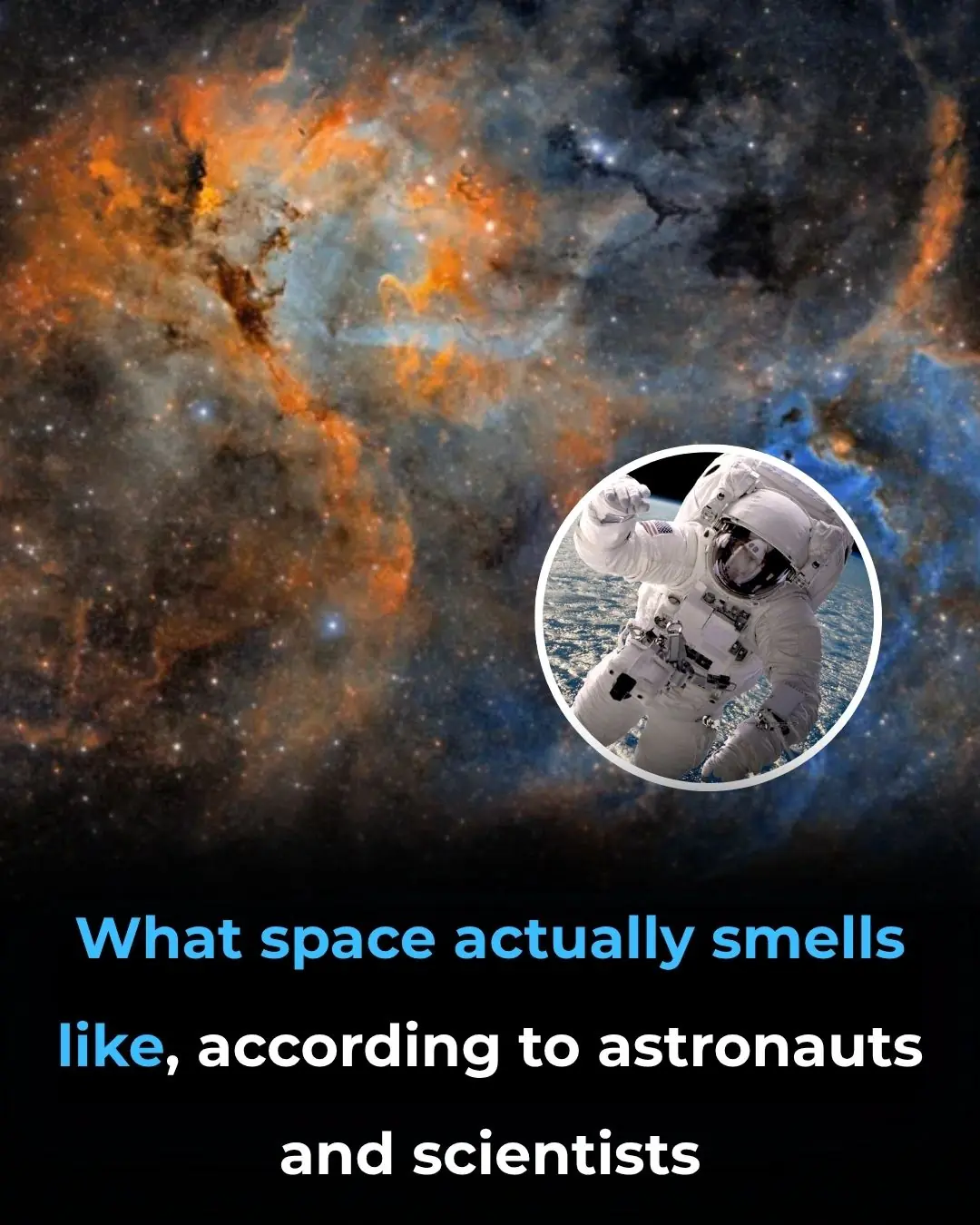
What Space Actually Smells Like, According to Astronauts and Scientists
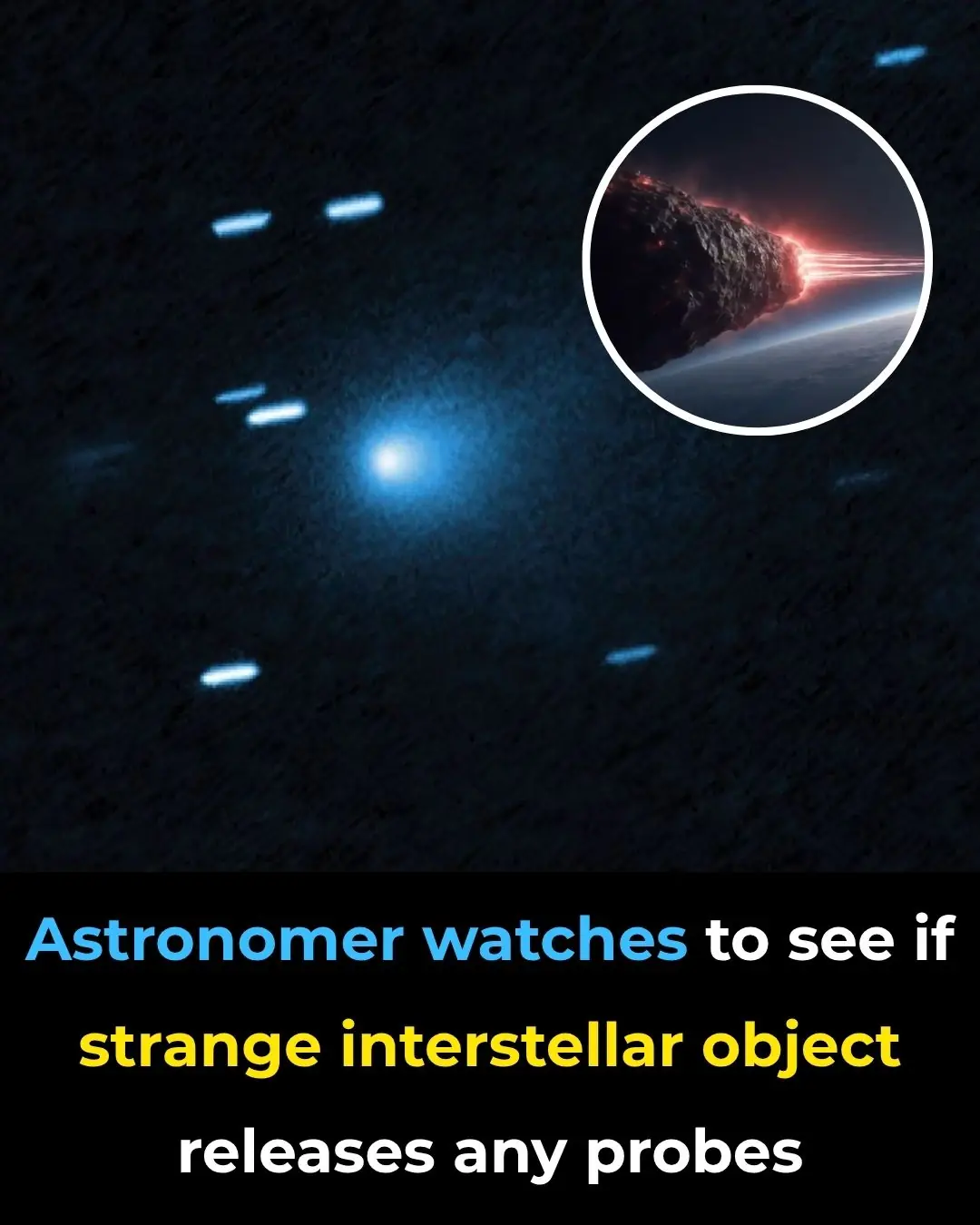
Scientist Watches to See If Strange Interstellar Object Releases Any Probes
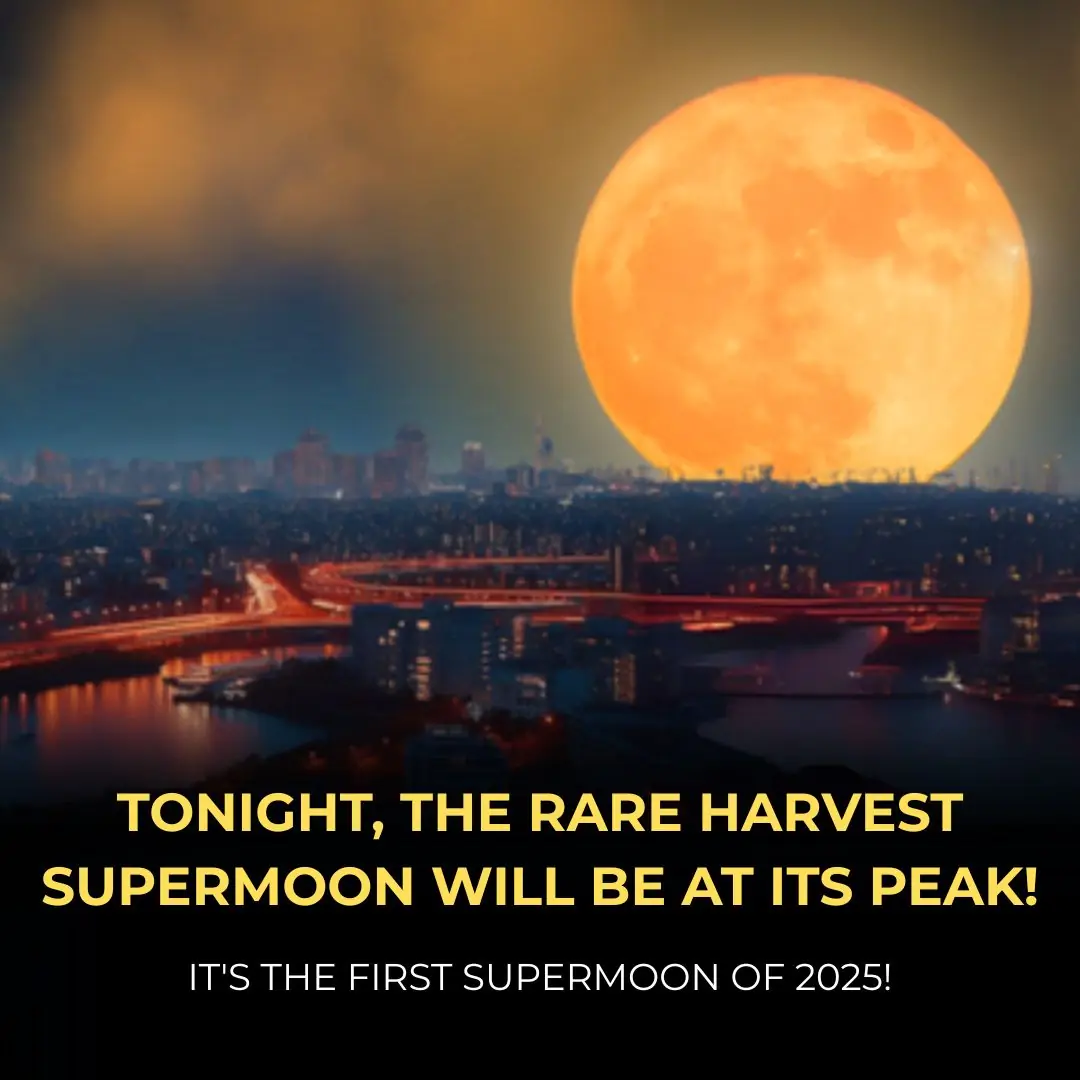
Prime views of the Andromeda Galaxy and Ceres—October 2
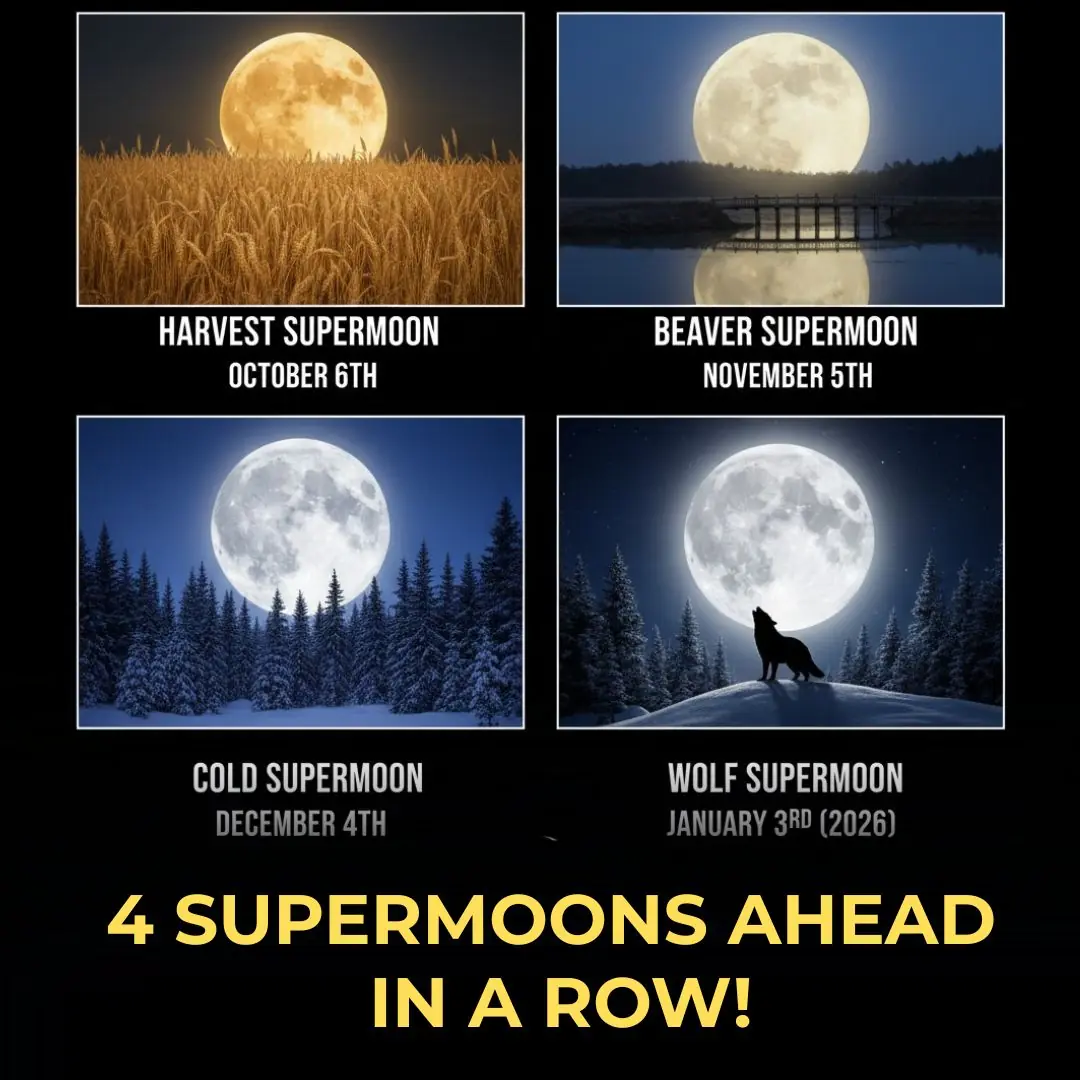
Prime views of the Andromeda Galaxy and Ceres—October 2
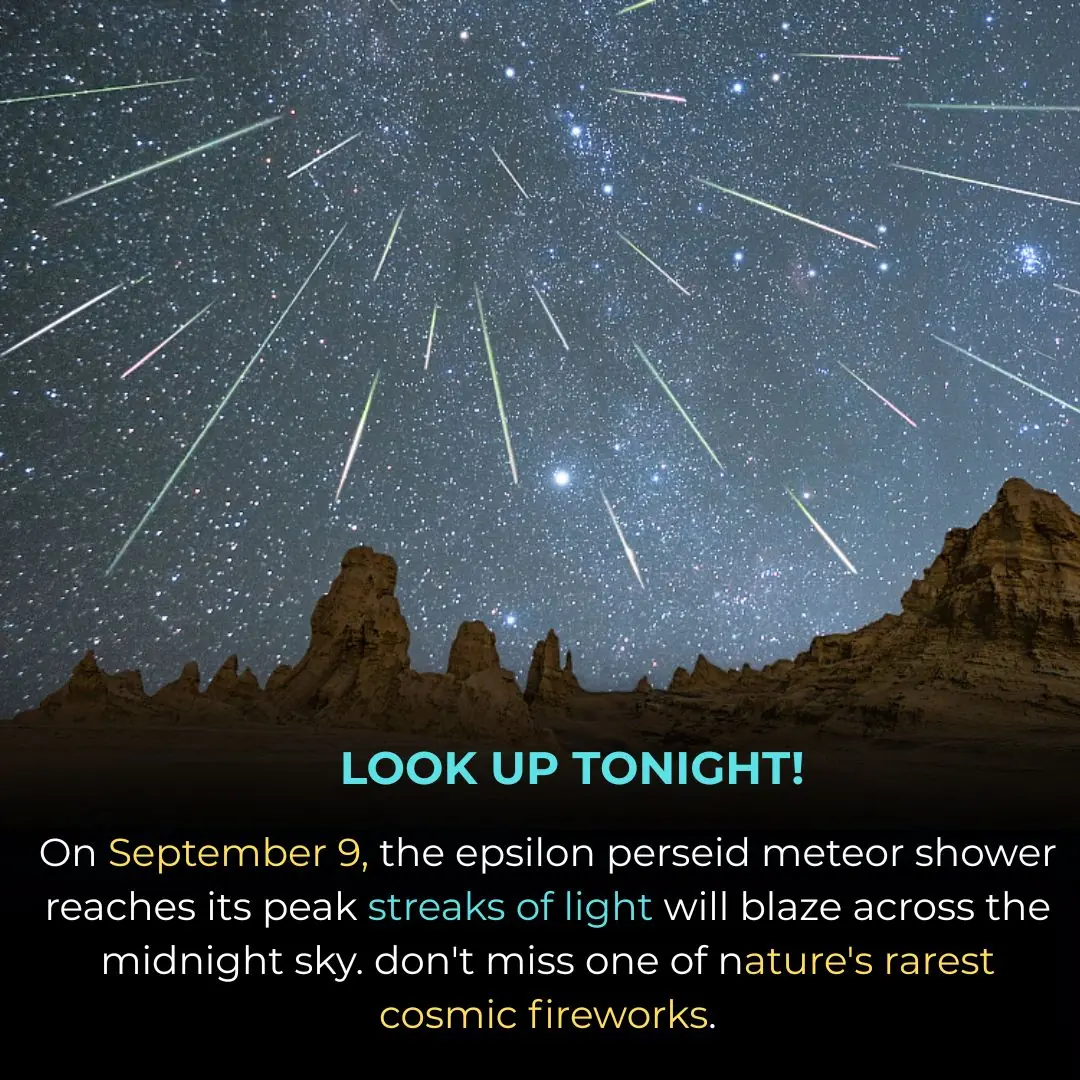
September 9 Meteor Shower: Epsilon Perseids to Dazzle the Night Sky
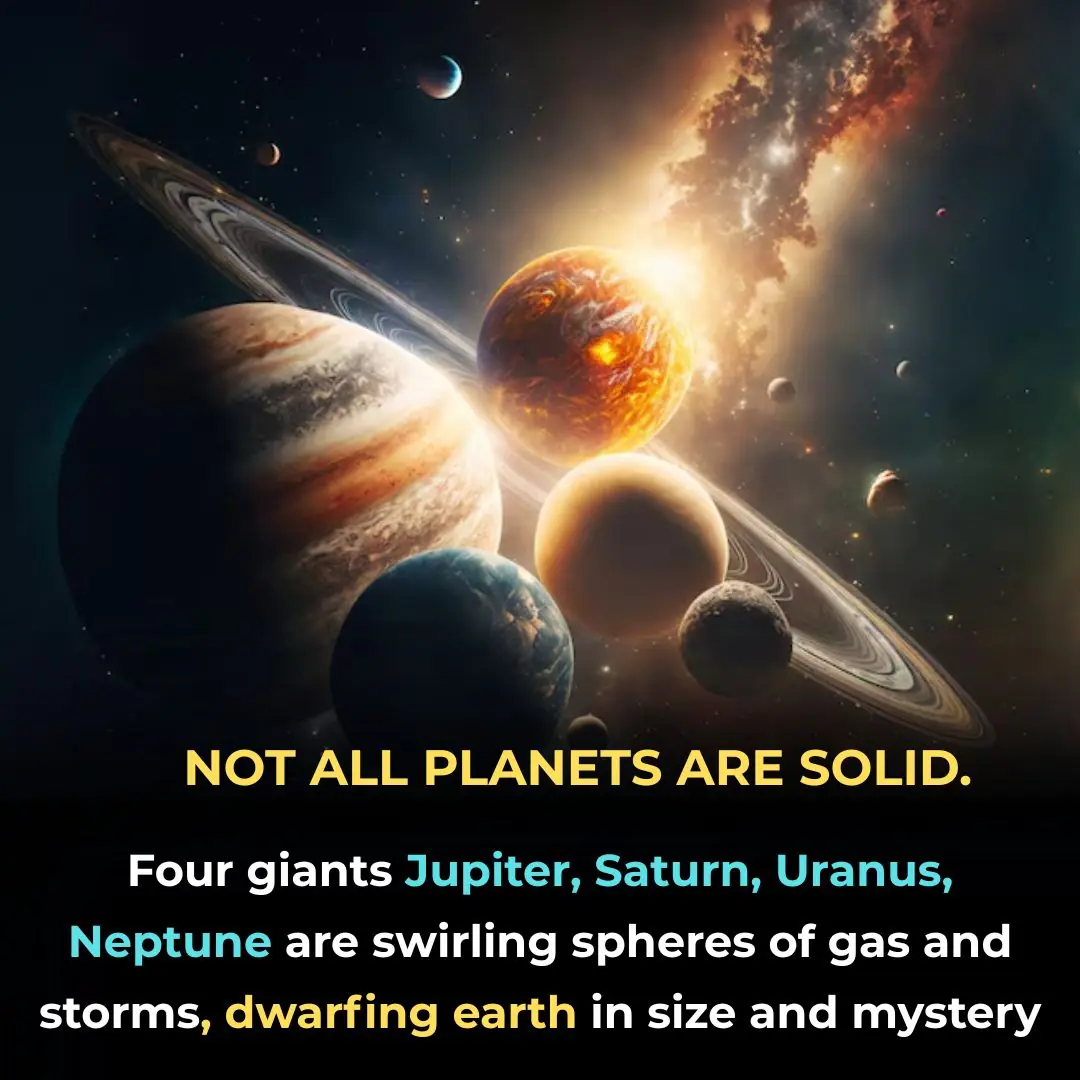
Gas Giants of the Solar System: Jupiter, Saturn, Uranus & Neptune

YouTuber destroys new iPhone Air with a blowtorch to test its durability

GameStop issues promising statement following Xbox Game Pass price hike

1st solar eclipse of 2025 puts on stunning show for skywatchers around the world (photos)
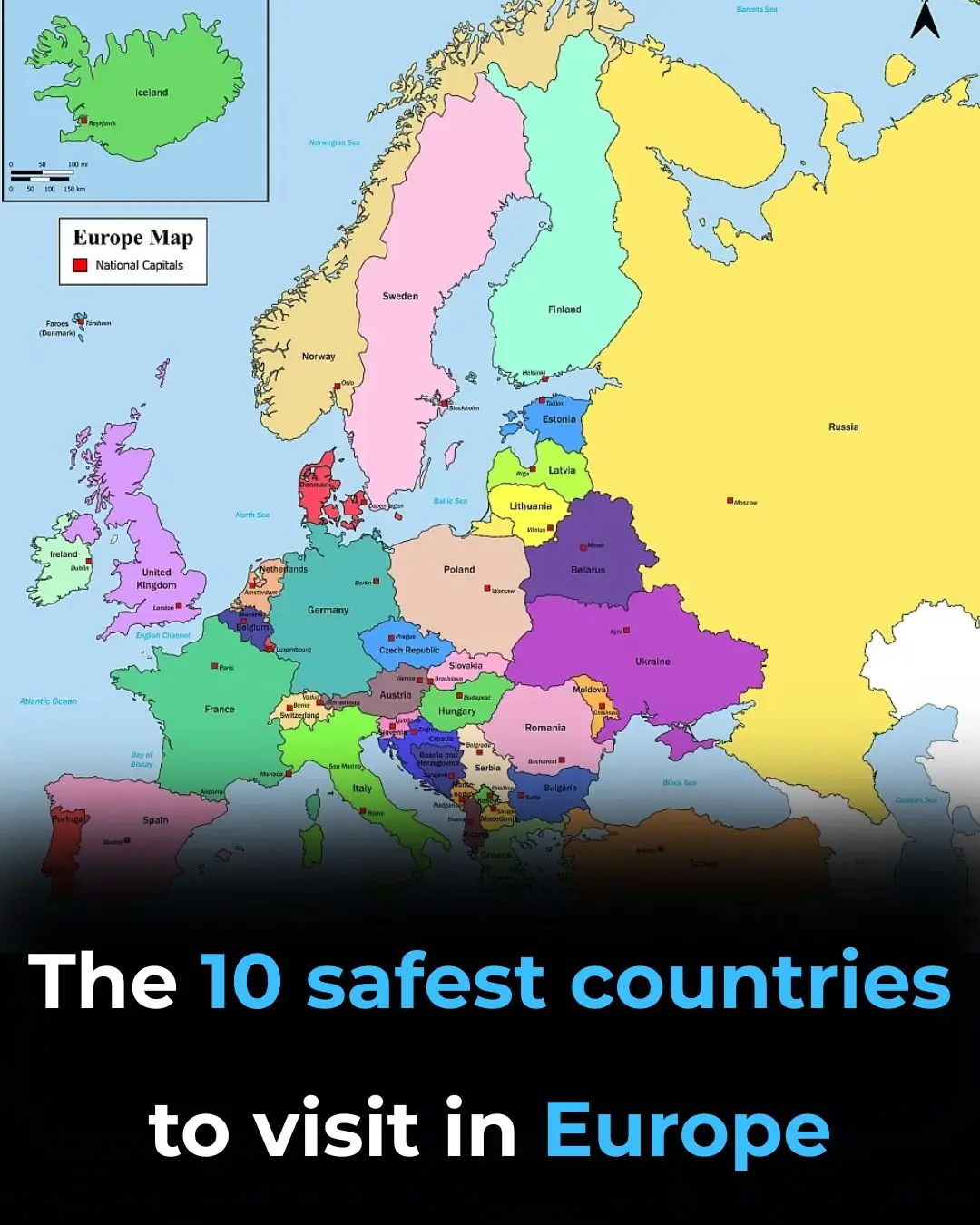
10 Safest Countries to Visit in Europe
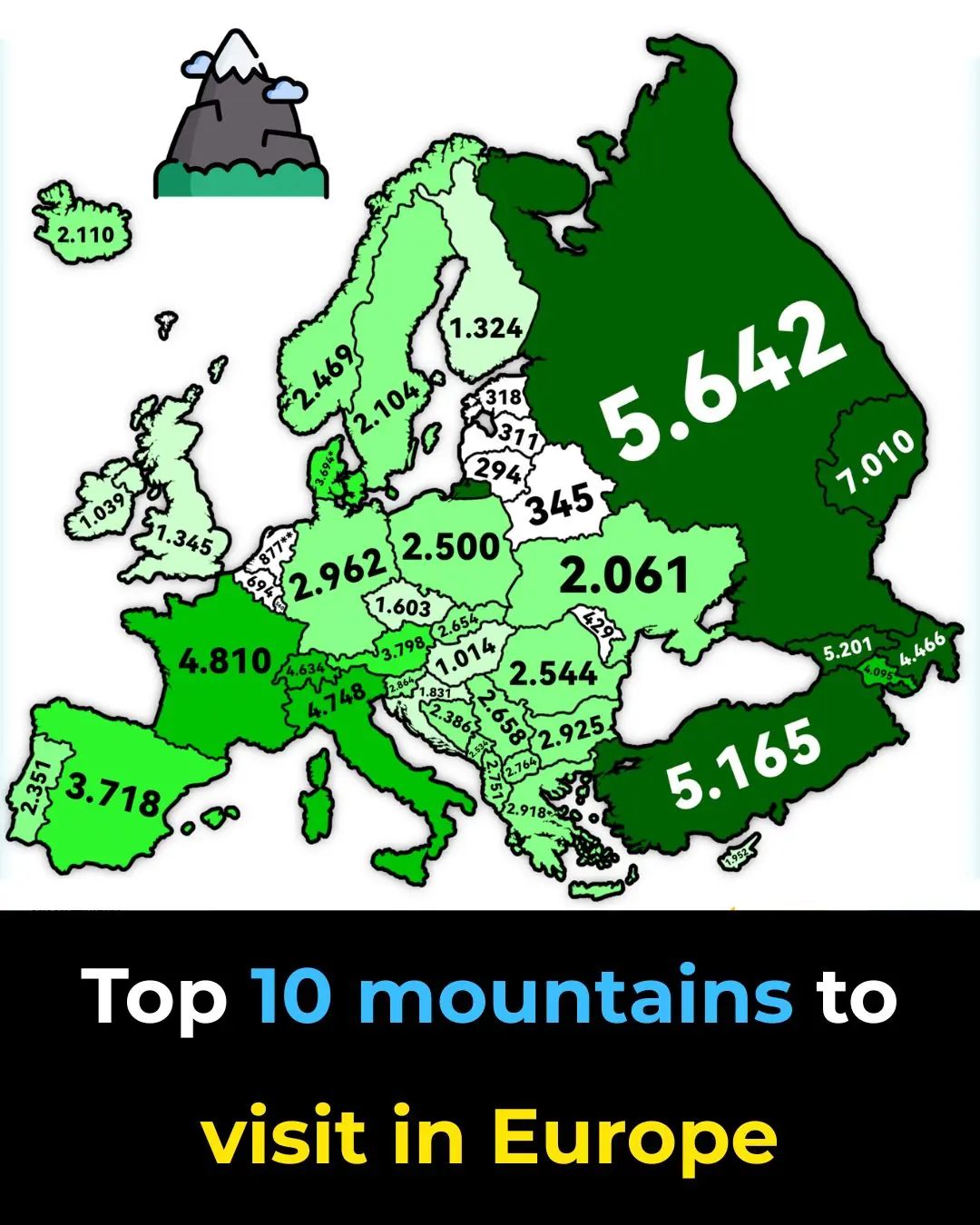
Majestic Peaks: Top 10 Mountains to Visit in Europe
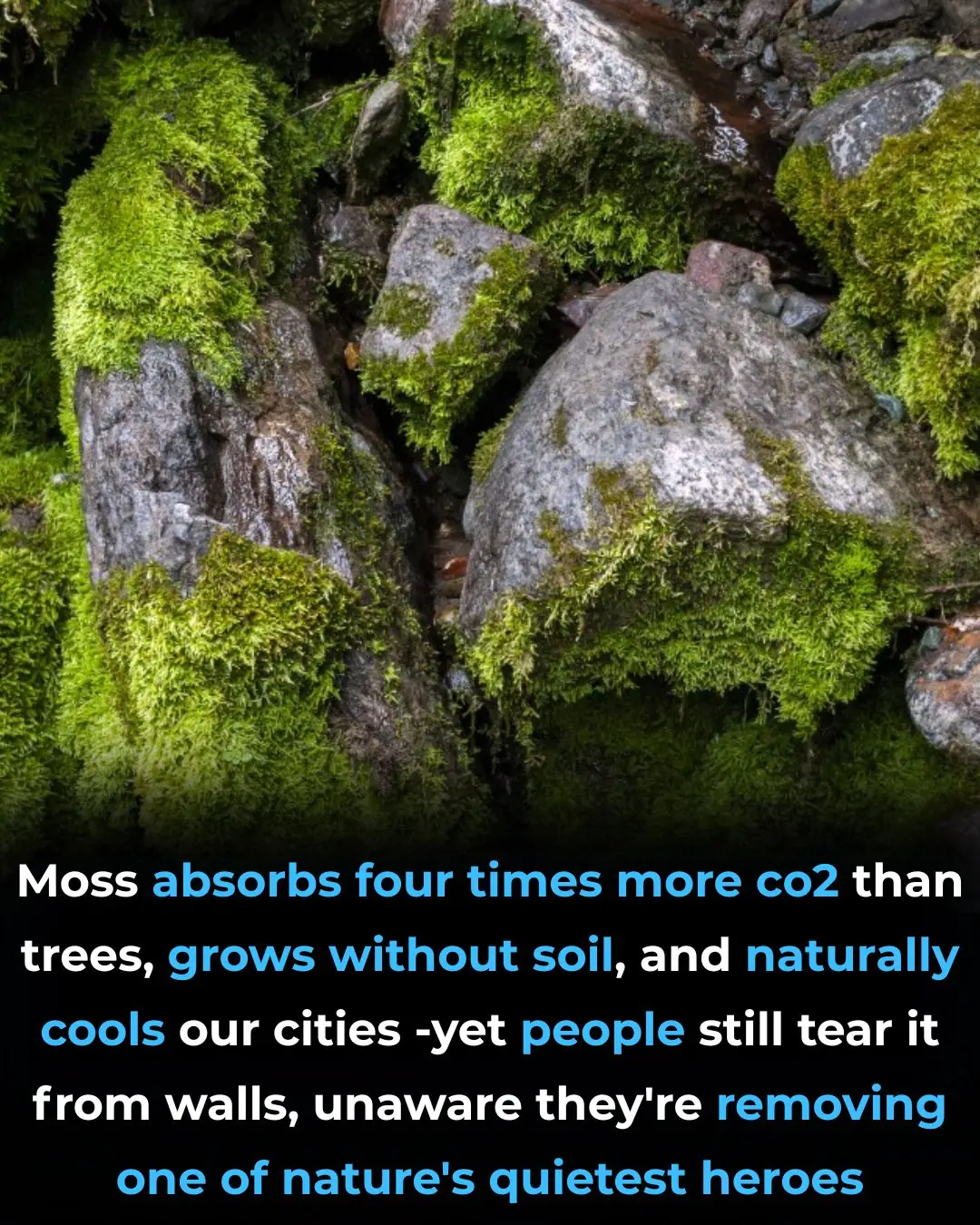
The Mighty Moss: Nature’s Unsung Superhero

Demystifying Oxygen Production: Oceans vs. Amazon Rainforest
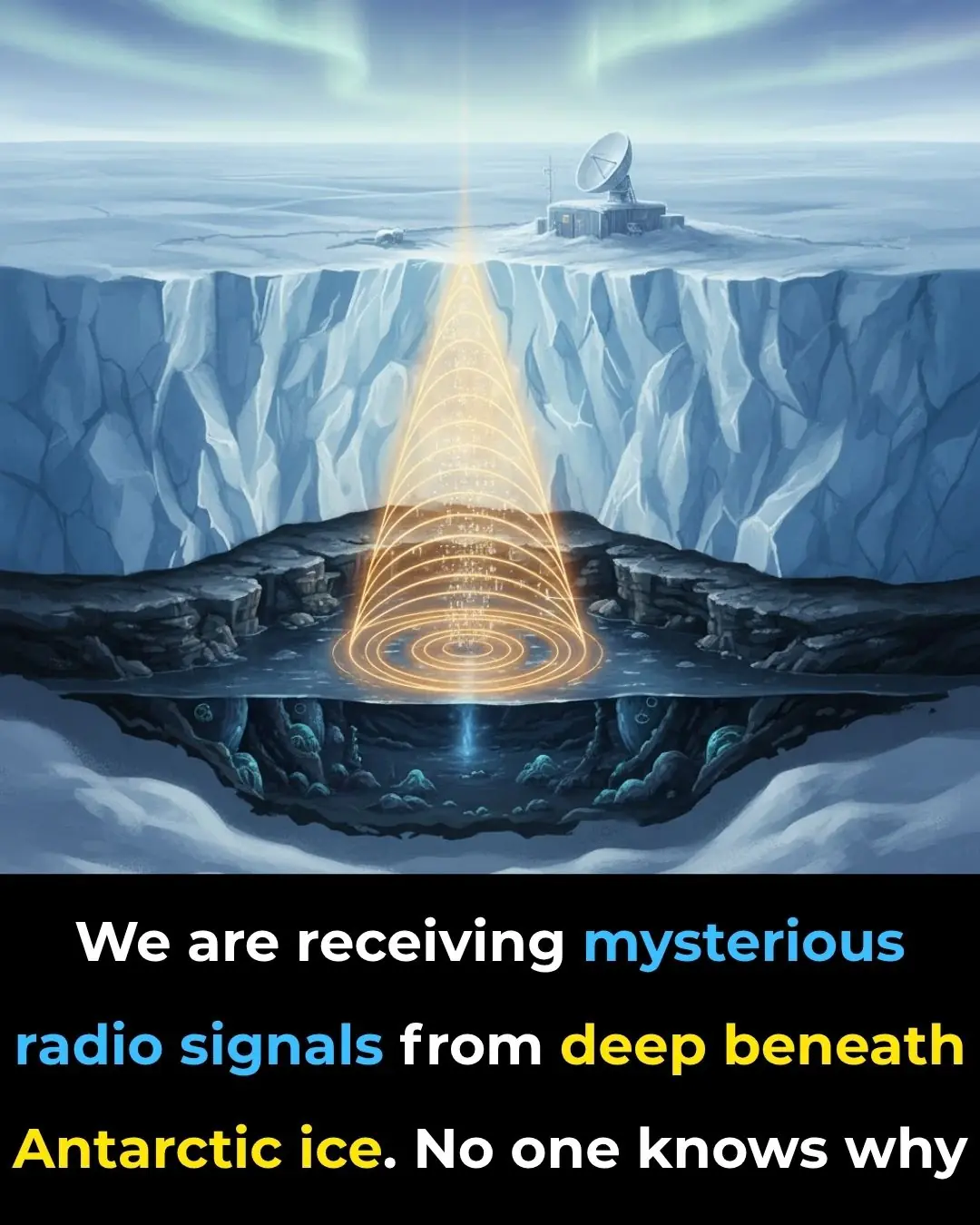
Bizarre radio signals that defy physics detected under Antarctica: ‘It’s one of these long-standing mysteries’

Do Not Do This On Your Glass Stove
News Post

A simple tip on how to grow ginger using cement bags, never had such a good yield of ginger

Blanching pork in boiling water, you think it's clean but it absorbs more dirt: This is the right way to do it

Married at First Sight UK fans crown 'best match' after two weeks

Selena Gomez’s kidney donor, Francia Raisa, addresses wedding snub and feud rumors

David Ortiz sparks awkward moment on Fox postgame show: ‘Sounds like Hitler’

Crabgrass for Hair Loss: Natural Remedies and Uses

The Ultimate Healing Tonic: A Powerful Drink to Combat Swollen Feet, Diabetes and Poor Circulation

Goosegrass: Health Benefits and Uses

How to grow ginger at home to have an endless supply (and make it flower)

Asthma Plant Tea – Benefits and Uses of Euphorbia hirta

Chanca Piedra (Stonebreaker): Benefits and Uses

7 benefits and uses of Plantago Major

Chanca Piedra (Stonebreaker): Benefits and Uses

A Call for Help at 2 AM: How One Officer Changed a Boy’s Life with Compassion

Ten Minutes From Tragedy—A Dog’s Warning Changed Everything!

Teen Builds $500 Dialysis Machine That Works Faster Than Hospital Models

A Split-Second Decision: Mother’s Quick Thinking Saves a Child

A Letter from My Doggy Heart

The Honey Heist: Bear Cub Breaks Into Store and Naps After Feast
